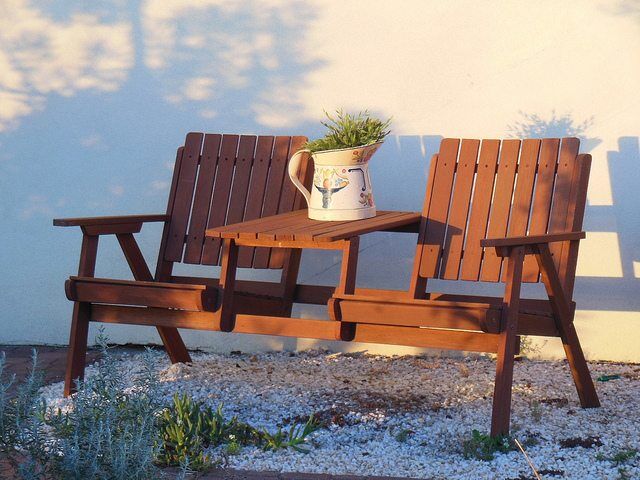Delve Into The Interesting Odyssey Of Reconditioning Historical Cabinets, Unmasking Surprise Narratives And Translating The Enigmas Of Previous Generations
Delve Into The Interesting Odyssey Of Reconditioning Historical Cabinets, Unmasking Surprise Narratives And Translating The Enigmas Of Previous Generations
Blog Article
Composed By-Arildsen Westermann
To start the journey of recovering antique closets, you require a keen eye for information. Think of uncovering surprise secrets within each layer of background embedded in the timber. Photo the complete satisfaction of revitalizing a once-forgotten item to its former splendor. https://renovate-front-of-house19764.dgbloggers.com/28200345/distinct-techniques-to-taking-full-advantage-of-storage-space-area-with-custom-made-kitchen-cabinetry of this thorough process holds the key to protecting the past while producing a future treasure. So, are you ready to embark on this transformative venture and unlock the potential of your antique cupboards?
Assessing the Cupboard's Problem
When starting the repair procedure, beginning by evaluating the problem of the antique cupboard. Carefully take a look at the general structure for any kind of indicators of damages such as cracks, chips, or loosened joints. Check the wood for any rot, warping, or insect problem that may have taken place gradually. It's essential to identify the degree of the restoration required prior to continuing additionally.
Next off, evaluate the cupboard's hardware such as joints, handles, and locks. Make note of any kind of missing pieces or components that need fixing or replacement. Ensure that all hardware is functioning correctly and safely attached to the cupboard.
In addition, assess the cupboard's coating. Try to find any type of scratches, discolorations, or staining that may influence the aesthetic charm. Identify if the coating requires to be removed and reapplied or if a straightforward touch-up will certainly suffice.
Gathering the Necessary Devices and Materials
After assessing the condition of the antique cabinet, the next step is to collect the necessary devices and materials for the restoration process. Prior to you start, ensure you have the adhering to products available:
- timber cleaner
- sandpaper in numerous grits
- wood filler
- paint or wood discolor
- brushes
- handwear covers
- safety goggles
- a dust mask
- a ground cloth
- a putty blade
- a hammer
- a screwdriver
- a hoover
These tools and materials are important for a successful repair.
Wood cleaner is important for removing years of dirt and crud buildup, preparing the surface for sanding. Sandpaper of various grits assists in raveling flaws and preparing the wood for a brand-new coating. Wood filler comes in handy for repairing any type of cracks, openings, or dents present in the closet.
small bathroom renovations or wood discolor, along with brushes, permit you to tailor the closet to your preference. Keep in mind to wear handwear covers, safety and security goggles, and a dust mask for protection. Put down a ground cloth to shield your workplace, and utilize a hoover to tidy up any type of debris.
With these devices and materials gathered, you're ready to begin the remediation procedure.
Performing the Repair Refine
To efficiently carry out the restoration procedure on your antique cupboard, begin by completely cleaning the surface area with the wood cleaner. This step is important as it helps remove years of dirt, gunk, and old gloss that might have accumulated on the surface.
Once the cabinet is tidy and completely dry, examine the problem of the timber. Look for any cracks, scrapes, or various other problems that need to be resolved. Usage timber filler to repair any imperfections, making sure to match the filler color to the wood tone for a seamless coating.
After the repair services have actually dried, carefully sand the entire surface to develop a smooth and also base for the new surface. Beware not to sand as well strongly, as you don't wish to damage the wood beneath.
As soon as the sanding is full, use a wood tarnish or end up of your choice, following the maker's directions. Permit the surface to completely dry entirely before using a protective leading layer to guarantee the longevity of your recovered antique closet.
Conclusion
Since you have finished the remediation process, your antique cupboard looks just as good as new.
By complying with the step-by-step overview, you were able to analyze, fix, and enhance its condition with ease.
With a fresh finish and protective top coat, your treasured item will continue to beam for many years to come.
Appreciate https://renovating-a-small-house53197.anchor-blog.com/8101827/involving-the-services-of-a-specialized-closet-maker-can-aid-you-create-a-personalized-sanctuary-within-your-very-own-home-where-every-elaborate-information-is-attentively-made of your restored antique cabinet!
